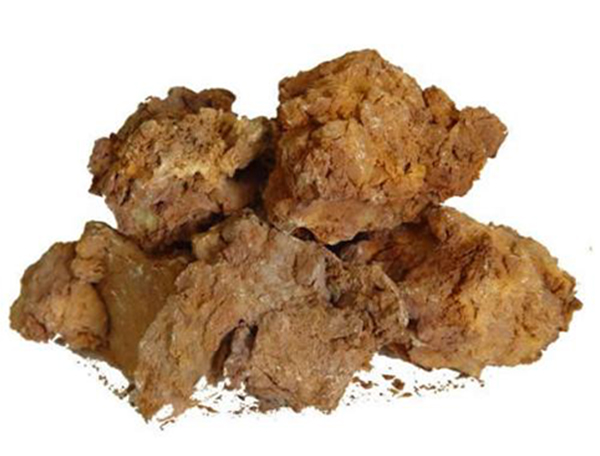Magnesia is a kind of chemical substance, which means that when magnesite is calcined at 1800℃, carbon dioxide completely escapes and magnesium oxide forms a magnesite compact block.
The special materials often used are AZS brick, corundum brick, magnesium-chrome brick, silicon carbide brick, silicon nitride brick, nitride, silicide, sulfide, boride, carbide and other non-oxide refractory. Calcium oxide, chromium oxide, alumina, magnesium oxide, beryllium oxide and other refractory materials.
Insulation refractory materials often used are diatomite products, asbestos products, insulation board, etc. The amorphous refractories often used are filler, ramming, castable, plastic, refractory, shotcrete, shotcrete, paint, lightweight refractory castable, shotcrete, etc.
The high-purity magnesite is turned into powder by light firing, which is pressed into pellets and then fired in an oil kiln with MgO≥97%. The kiln is fired at a temperature above 2000 ° C, so that the volume density can reach above 3.28g/cm3.
Refractoriness refers to the Celsius temperature at which a conical specimen of a refractory material resists high temperature without softening the molten material under load. However, the definition of refractoriness alone cannot fully describe the refractory materials, and 1580℃ is not constant. It is now defined as a material whose physical and chemical properties permit it to be used in a high temperature environment called a refractory. Refractory materials are widely used in metallurgy, chemical industry, petroleum, machinery manufacturing, silicate, power and other industrial fields, with a large amount in the metallurgical industry, accounting for 50% ~ 60% of the total output.
